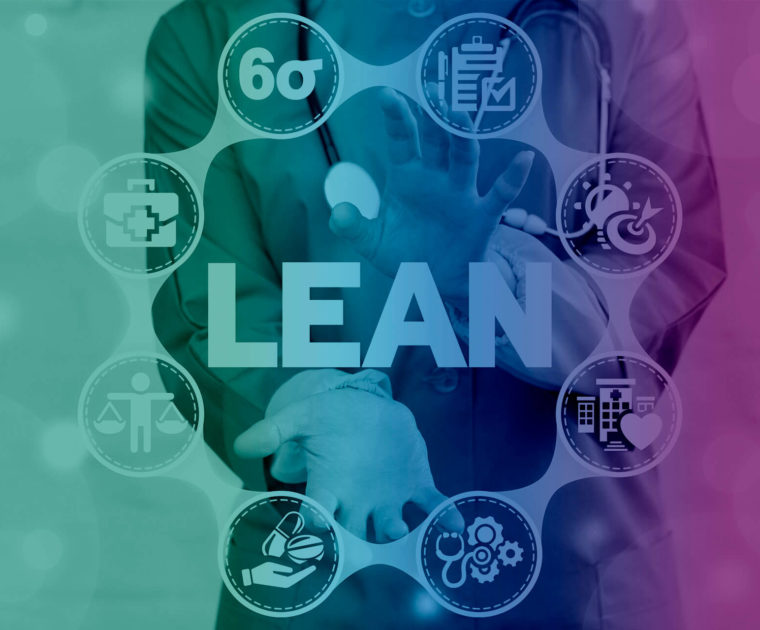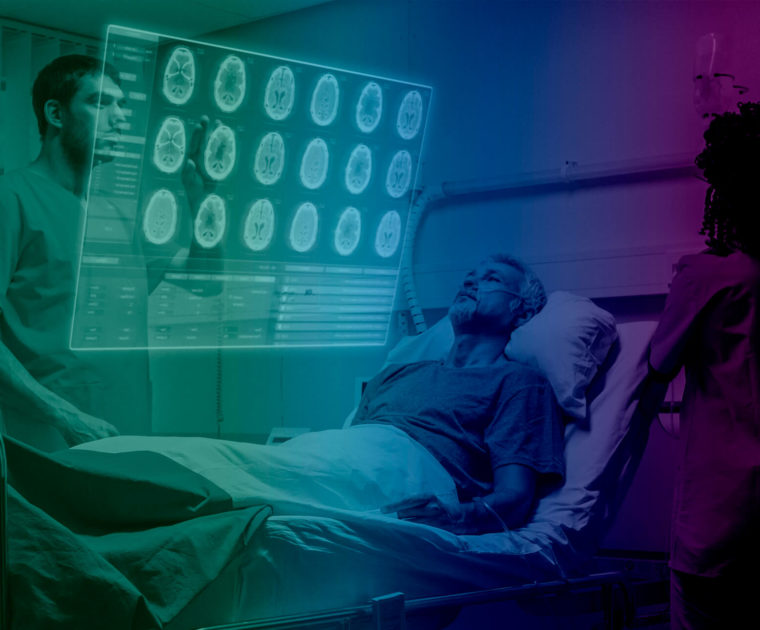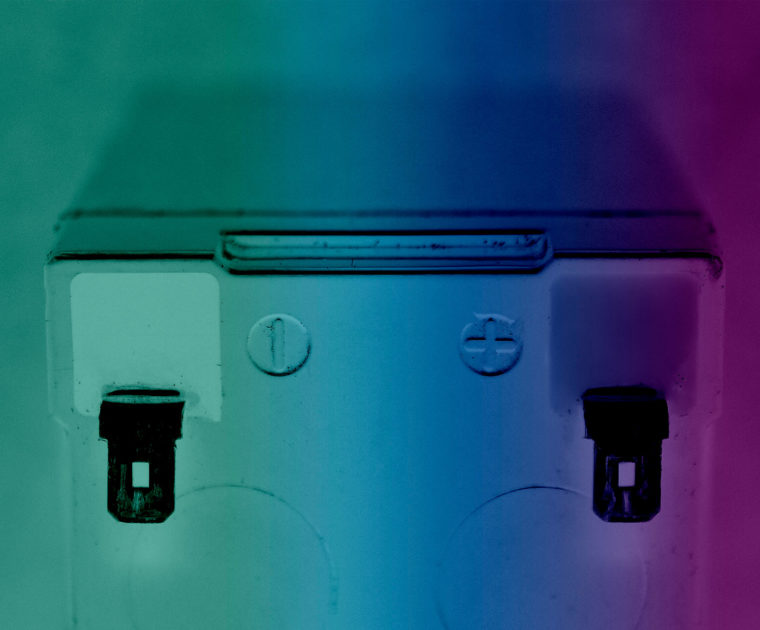In this article, we will learn about the latest and most important developments in hospital engineering, how they are changing the healthcare landscape and what challenges and challenges lie ahead for the industry.
Hospital engineering is a discipline that combines engineering, architecture and medicine. It is a constantly evolving field whose main objective is to improve efficiency and safety, as well as the comfort of patients and medical staff in hospitals. Globally, great advances have been made in this area in recent decades. Let us look at some of them in detail.











